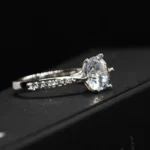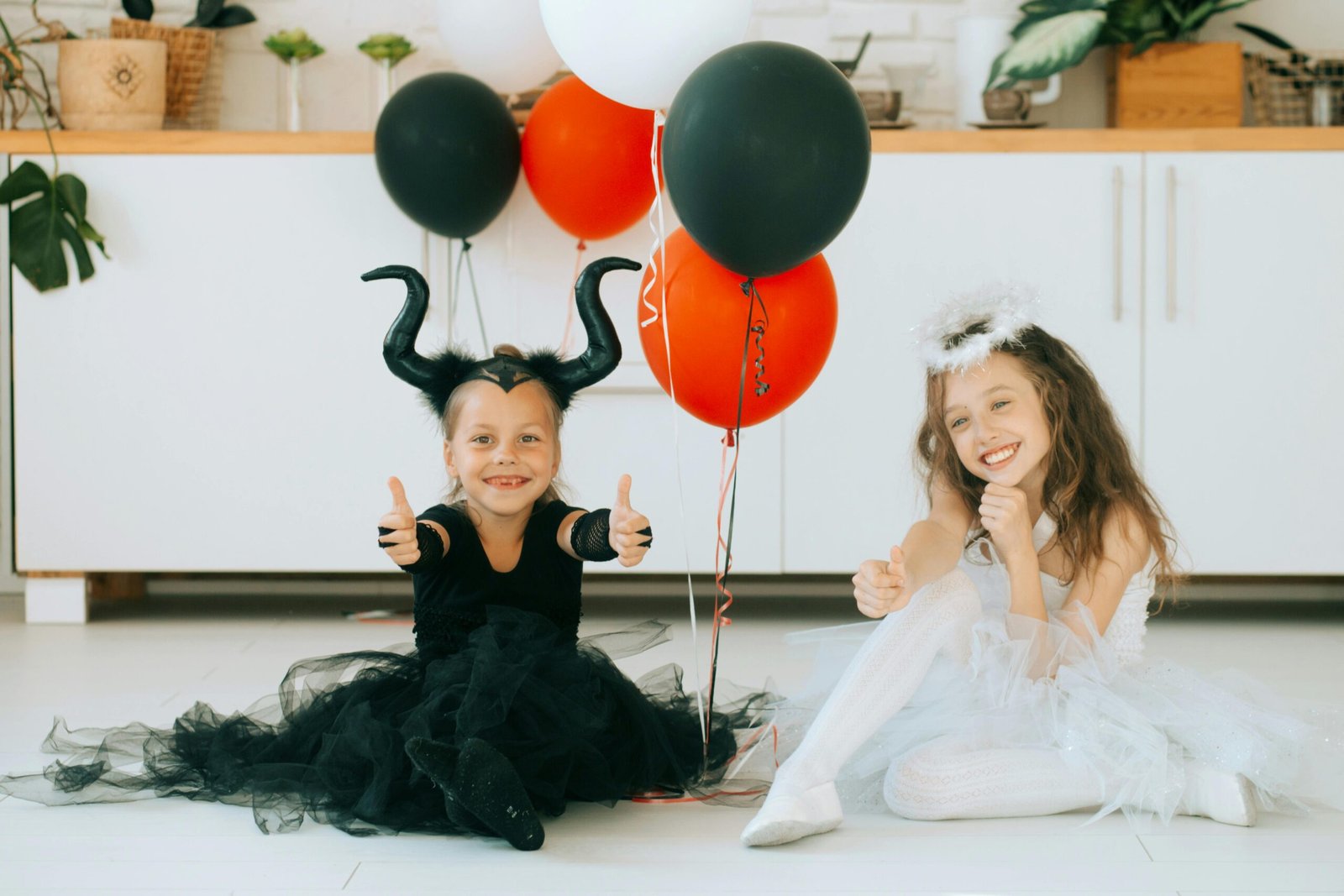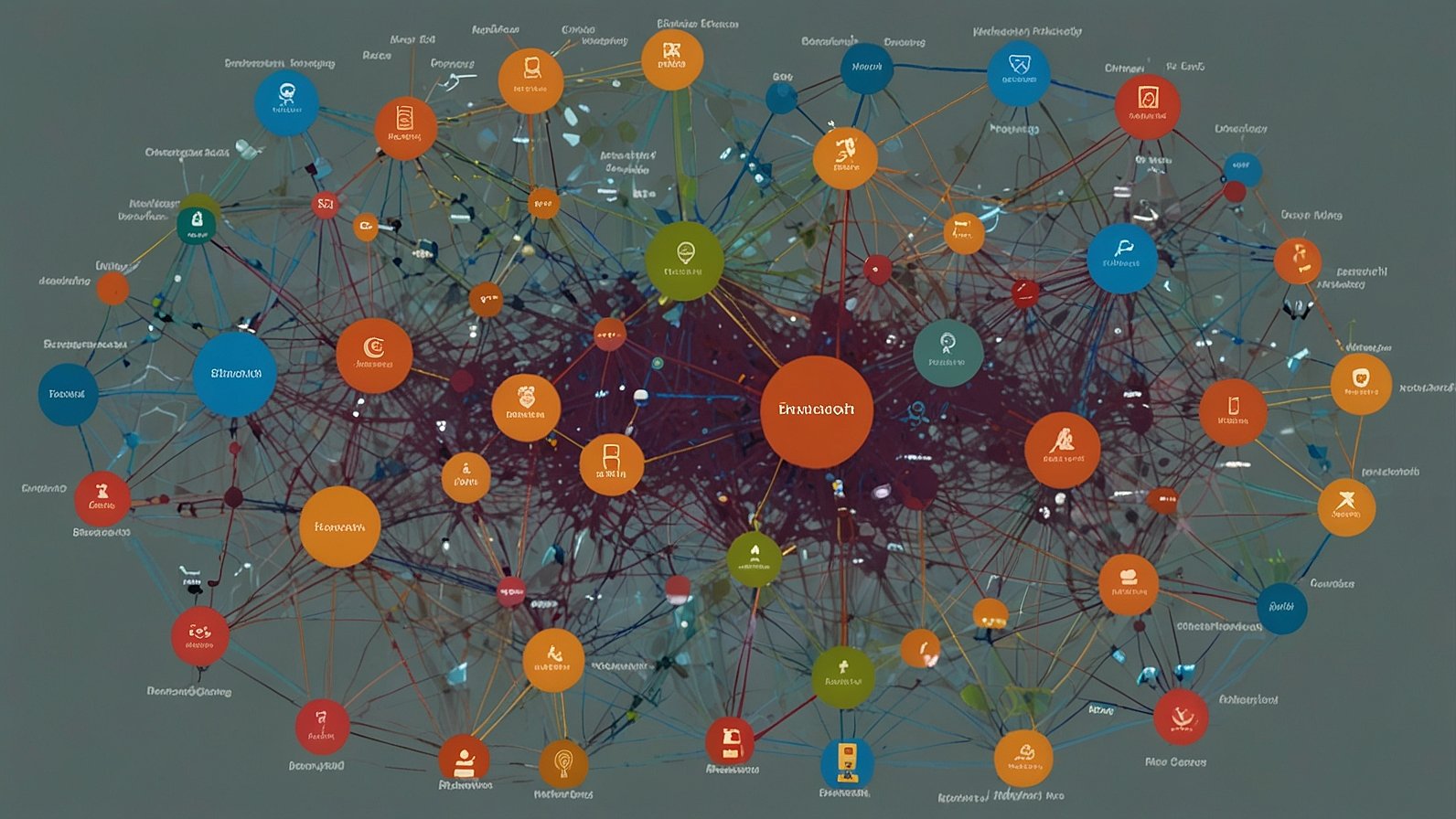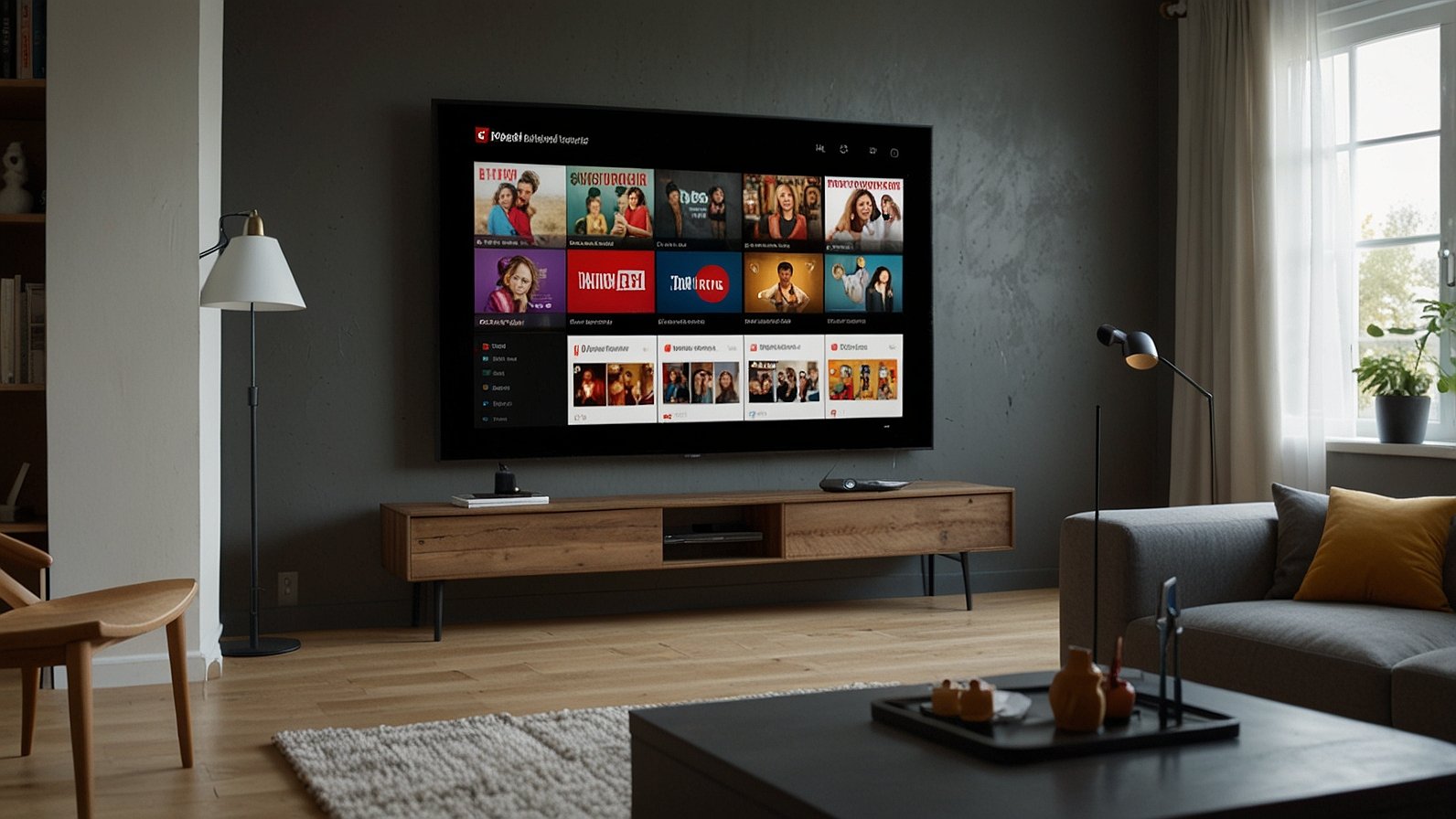Disney’s “Maleficent,” released in 2014, brought to life an iconic villain like never before. With Angelina Jolie in the titular role, the movie was highly anticipated not only by Disney fans but also by feminist critics eager to see how the film would portray one of Disney’s most complex female characters. The movie promised a new perspective on the age-old fairy tale of “Sleeping Beauty,” aiming to humanize a villain often painted with broad strokes of malice.
For many, Maleficent was more than just a character; she symbolized a departure from Disney’s usual fare of damsels in distress. The excitement was palpable as audiences awaited a retelling that would explore themes of betrayal and redemption through the eyes of a powerful woman. The stage was set for Maleficent to defy stereotypes and redefine what it means to be a leading woman in fantasy cinema.
Understanding Maleficent’s Character
Maleficent, first introduced in Disney’s “Sleeping Beauty” (1959), is not your average villain. With her imposing horns and commanding presence, she’s captured the imaginations of audiences for decades. But what made her fascinating was more than her appearance; it was her complexity. Unlike many one-dimensional villains, Maleficent has layers that make her both relatable and terrifying.
Her appeal lies in her balance of darkness and vulnerability. She embodies strength and independence, challenging the typical female archetype in earlier Disney films. This complexity makes Maleficent an ideal subject for a deeper cinematic exploration, offering filmmakers a unique opportunity to shift away from simple villainy to a more nuanced portrayal.
In the realm of fairy tales, villains often serve as mere obstacles for heroes to overcome. However, Maleficent’s allure stems from her being more than a foil to Sleeping Beauty. Her motivations and backstory invite viewers to question the nature of evil and the circumstances that shape it. In many ways, Maleficent’s character challenges us to look beyond the surface and consider the broader narrative at play.
The First Movie A New Perspective
“Maleficent,” the 2014 film, dared to reimagine the story from the villain’s perspective. The movie was a commercial success, grossing over $758 million worldwide, and it reinvigorated interest in the classic tale by offering a fresh take on a well-worn narrative. Audiences were drawn to this novel approach, where the antagonist was not purely evil but a compelling protagonist in her own right.
The film succeeded in part because it gave audiences a reason to sympathize with Maleficent. Her backstory of betrayal by King Stefan added depth to her character, transforming her from a flat villain into a tragic figure. This revisionist take allowed for a broader exploration of themes like betrayal, love, and forgiveness. It was a story about the complexity of human emotions and the power of redemption.
By framing Maleficent as a guardian rather than a villain, the film opened up discussions about the roles women play in narratives and how they can be reinterpreted. This approach resonated with many viewers who were tired of the simplistic good vs. evil dichotomy and sought richer storytelling.
Maleficent Mistress of Evil – The Letdown
When “Maleficent Mistress of Evil” hit theaters in 2019, expectations were high. However, the sequel struggled to live up to its predecessor. The storyline, which should have built upon the first film’s success, instead meandered through a convoluted plot that failed to deepen Maleficent’s character as hoped.
Much of the criticism centered around the film’s handling of character development. Maleficent, who had been portrayed as a misunderstood anti-heroine, was once again relegated to a more predictable villain role. The film missed the opportunity to further explore her complexities and instead opted for a spectacle-driven narrative.
Another point of contention was the film’s focus on unnecessary subplots and new characters, which diluted Maleficent’s presence. The storyline shifted away from her personal growth and the intricate dynamics between her and Aurora. This deviation resulted in a movie that, despite its visual appeal, lacked the emotional impact and depth that many fans had anticipated.
Impact on the Target Audience
The reception of “Maleficent Mistress of Evil” varied among audiences. Disney fans, who had appreciated the fresh perspective of the first film, found the sequel lacking in innovation. The film’s reliance on traditional storytelling tropes felt like a step back, disappointing those hoping for a richer narrative.
For feminist critics, the film’s portrayal of Maleficent was a missed opportunity to further break away from conventional depictions of female characters. The sequel failed to advance the conversation about female empowerment in meaningful ways, leaving much to be desired in terms of narrative progression and character agency.
General audiences, while entertained by the film’s visual grandeur, felt a disconnect with the story’s emotional core. The initial promise of exploring Maleficent’s inner world and moral complexities was overshadowed by an emphasis on conflict and action, which ultimately undermined the potential for a truly impactful storyline.
Reasons for the Failure
Several factors contributed to the shortcomings of “Maleficent Mistress of Evil.” One significant issue was the script, which struggled to maintain a coherent narrative. The decision to introduce new elements and characters detracted from the central storyline that audiences were invested in.
Another reason was the lack of focus on character arcs. While the first film excelled at providing Maleficent with a compelling backstory, the sequel failed to present any substantial evolution. Instead of building on her previous experiences, the film reverted to clichéd depictions of good vs. evil, missing the opportunity to showcase Maleficent’s growth.
The execution itself also played a role in the film’s underwhelming reception. Despite its lavish production design and special effects, the movie struggled to find a balance between style and substance. The emphasis on visual spectacle came at the expense of storytelling depth, leading to a film that, while visually impressive, felt hollow.
The Importance of Accurate Representation
The portrayal of strong female characters in media is crucial for shaping audience perceptions and expectations. Accurate representation goes beyond mere visibility; it involves crafting characters that are multi-dimensional, relatable, and empowering.
Maleficent’s character, with her complexity and depth, had the potential to challenge traditional gender roles and inspire audiences. By showcasing a powerful woman who defies conventional narratives, media can contribute to a broader conversation about gender equality and representation.
When characters like Maleficent are misrepresented or underdeveloped, it reinforces stereotypes and limits the potential for meaningful discourse. It is essential for filmmakers to recognize the impact of their storytelling choices and strive to create narratives that reflect the diversity and complexity of real-world experiences.
YOU MAY ALSO LIKE
Discovering sus:b28x6huaij4= the rock: Culture and Conservation
Conclusion
In reflecting on the portrayal of Maleficent in the “Mistress of Evil,” it becomes clear that the film missed an opportunity to do justice to one of Disney’s most intriguing characters. The sequel’s shortcomings, from its narrative execution to its character development, highlight the importance of thoughtful storytelling in shaping audience perceptions.
For fans of the first film and advocates of strong female representation, the disappointment is palpable. Maleficent deserved a storyline that honored her complexity and continued to push the boundaries of traditional villain narratives.
Ultimately, the legacy of Maleficent as a character endures, reminding us of the power of well-crafted storytelling and the potential for change. As audiences, we must continue to advocate for narratives that challenge conventions and celebrate the richness of diverse experiences. Share your thoughts on how Maleficent was portrayed and join the conversation about the future of female representation in media.
Frequently Asked Questions
- What is the primary criticism of “Maleficent Mistress of Evil”?
The film has been criticized for its convoluted plot and lack of character development for Maleficent.
- How does “Maleficent Mistress of Evil” compare to the first film?
The sequel fails to build on the first film’s success, opting for predictable storytelling instead of character depth.
- What impact did the film have on feminist representation?
Female empowerment was not meaningfully advanced, missing an opportunity to showcase strong female characters.
- Why did the film’s narrative feel disconnected to audiences?
The focus on visual spectacle overshadowed the emotional core, leading to a less engaging story.
- What were the main reasons for the film’s failure?
Key reasons include a disjointed script, lack of character arcs, and an imbalance between style and substance.











